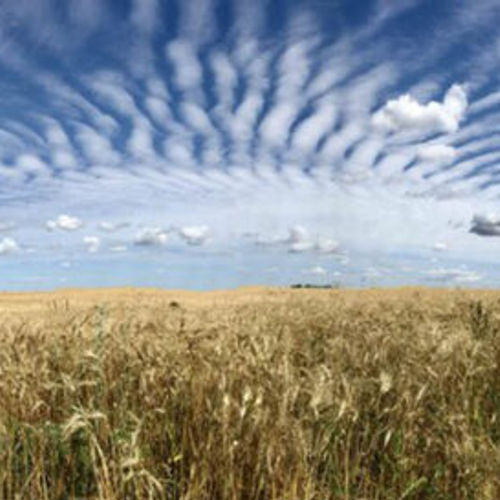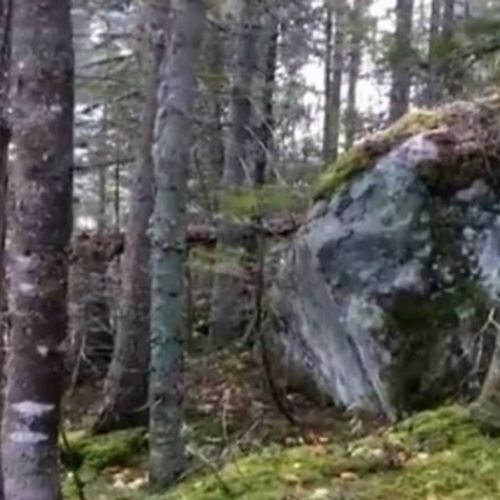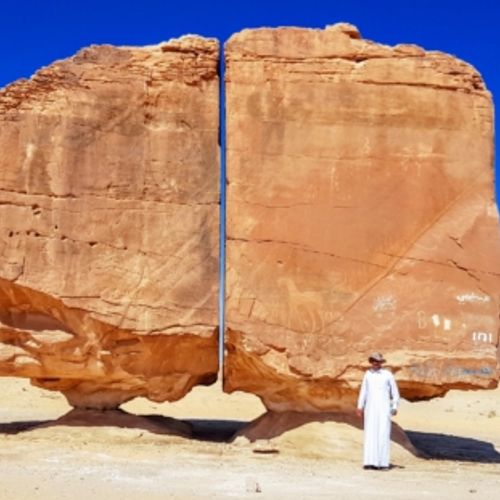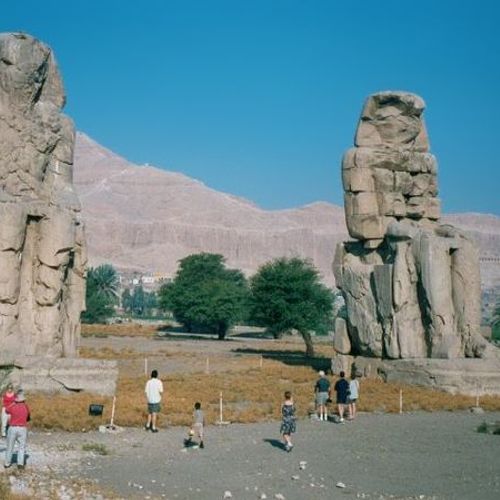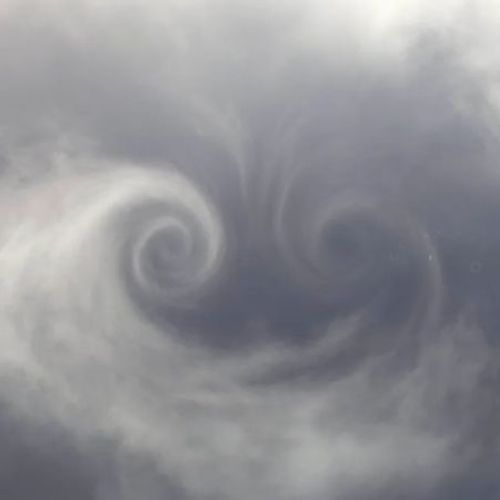
| Added | Wed, 09/11/2016 |
| Sources | |
| Феномены | |
| Version type |
Wind — flow of air, which quickly moves parallel to the earth's surface.
Wind is the result of uneven distribution of atmospheric pressure and is directed from areas of high pressure to the low pressure zone. Due to the continuous pressure changes in time and space speed and wind direction are constantly changing. With height wind speed varies with the decrease of the friction force.
Winds can affect the formation of the relief, causing Eolian deposits that form different kinds of soils (e.g., loess) or erosion.
The wind could be mistaken for effects of the many mystical phenomena, for example, circles on the field (windfall) or poltergeist (the movement of objects in the wind or the occurrence of a sound by passing wind through the cracks).
Wind effects
1. Turbulence. The wind, when the obstacle avoidance is always uneven. Dangerous for riding/training is considered zone 3 height of the obstacle to the obstacle above the wind, and 7, heights of the obstacles from the obstacles below the wind.
2. The effect of the Bay. The wind coming into the Bay, or passing a bend of the shore slightly changes the direction.
3. The compression effect. The wind faced with high Bank or rock is greatly enhanced by lifting upwards (updrafts of the wind).
4. Thermic effect (sea breeze). Warm air from the heated land rises, cooler air from water, due to the pressure difference seeks to take his place. As a result, there is a wind from water to land and Vice versa.
5. The Venturi Effect. The wind increases when passing narrow spaces.
6. Gradient. The higher from the ground/water, the wind is stronger. The higher from the ground/water, the less there is "friction" of wind on the surface, respectively, higher from the ground/water, the stronger the wind.
Translated by «Yandex.Translator»
Related facts
Related news
Related articles
Log in or register to post comments













